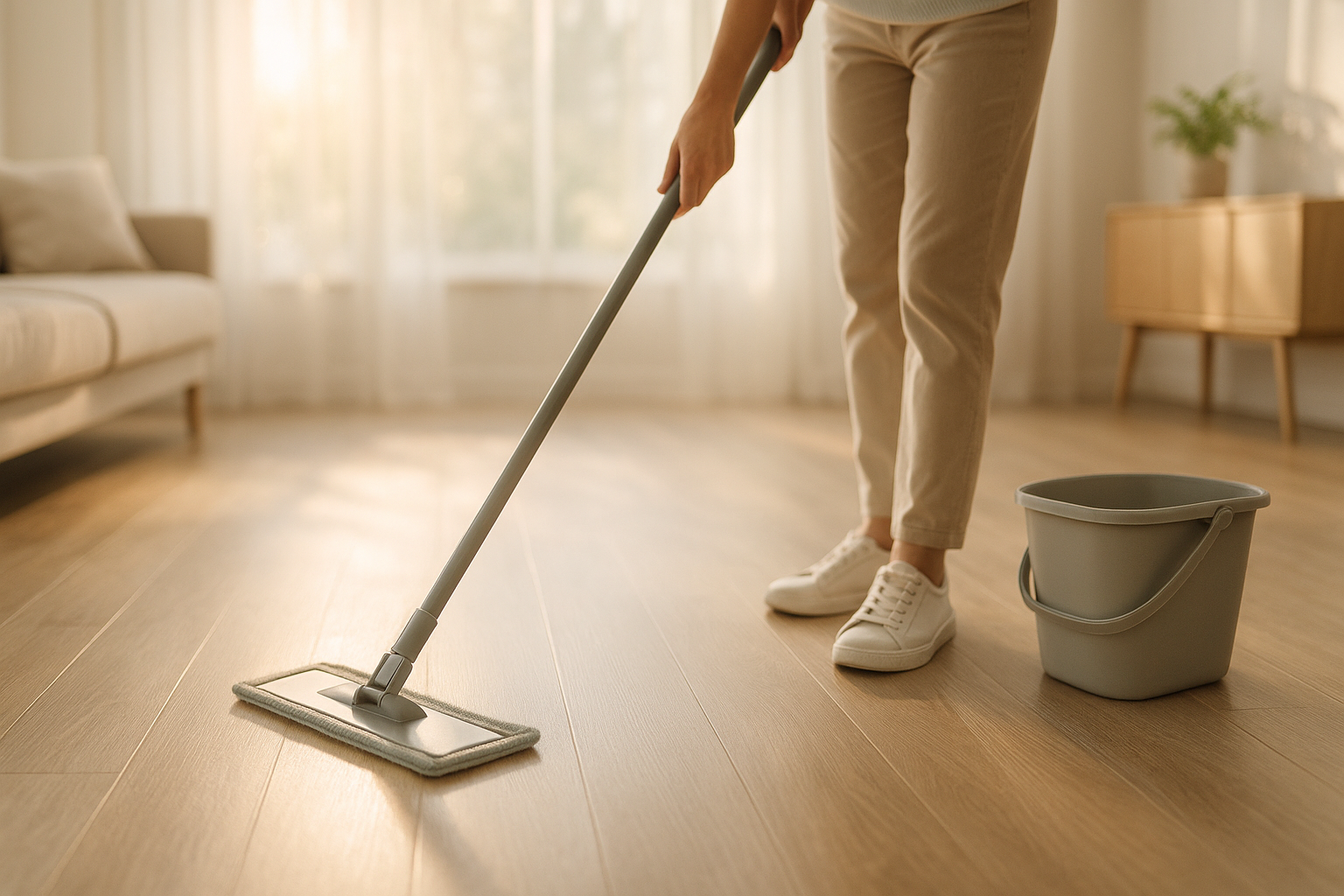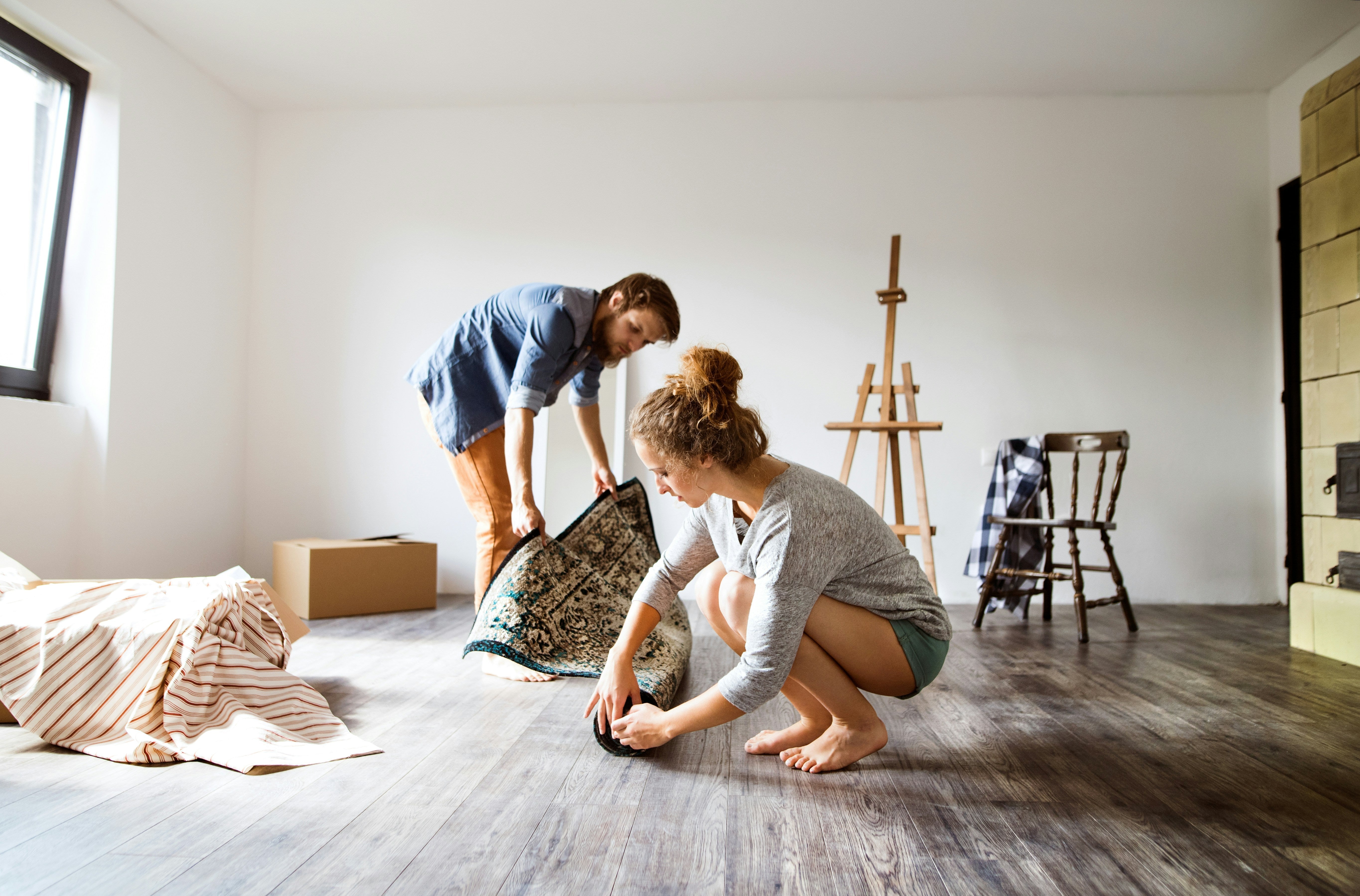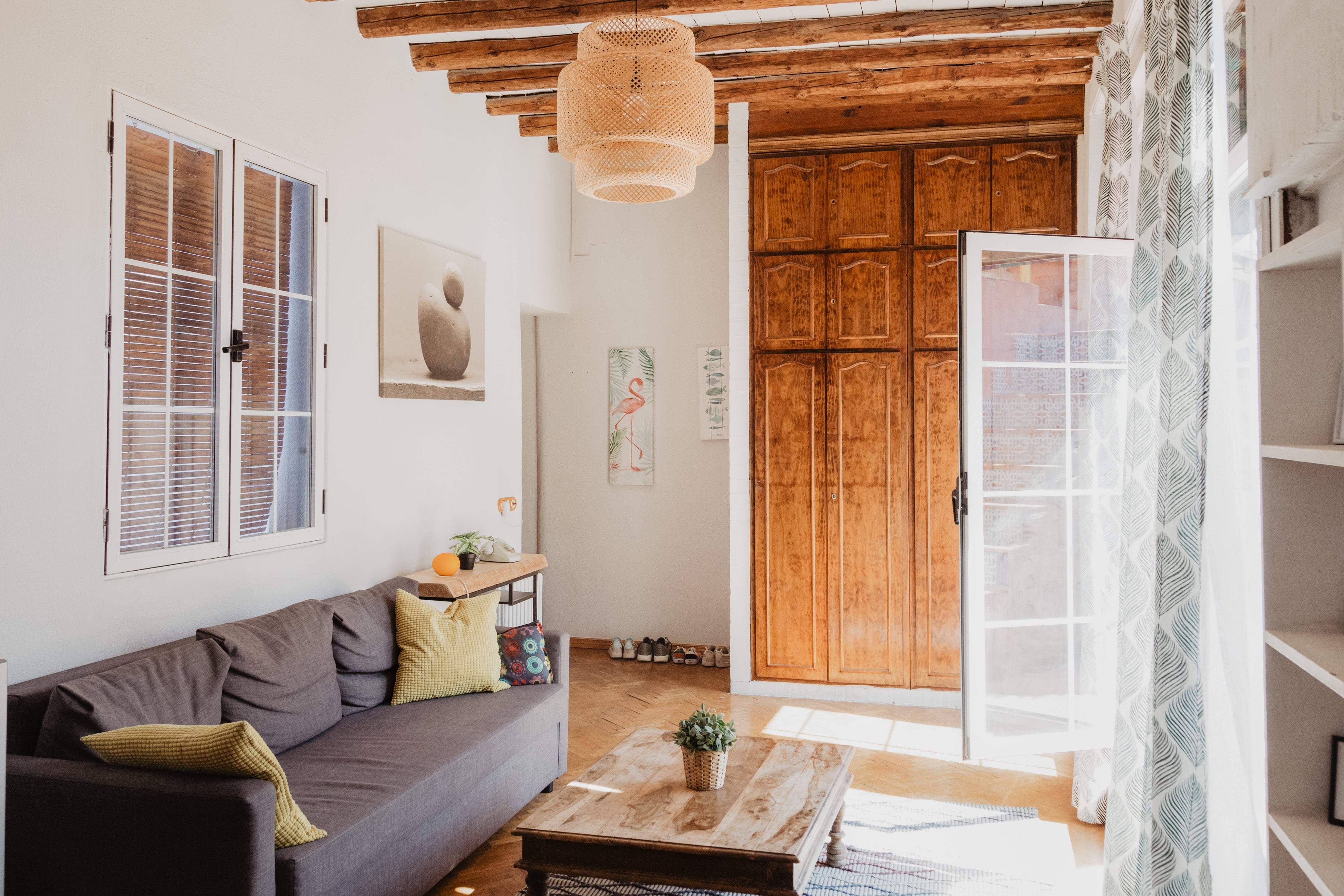The McMillan Floors Guide to Cleaning SPC and Luxury Vinyl Flooring

Help your floors look beautiful for years with these clear, brand‑safe methods. Everything here follows best practice for rigid core SPC and luxury vinyl plank or tile, including glue‑down and floating installations.
Quick start
• Sweep or vacuum on hard floor mode every day or two.
• Damp mop weekly with a pH‑neutral cleaner made for vinyl and SPC.
• Wipe spills at once to prevent staining.
• Never use steam, wax, or abrasive scrub pads.
Tools and supplies that work
Essentials
• Microfiber dust mop or soft broom
• Vacuum with hard floor setting and no rotating brush
• Two bucket mop or spray mop with clean microfiber pads
• pH‑neutral cleaner labeled for vinyl and SPC
• Soft white cloths or paper towels
• Felt pads for furniture feet and wide hard rubber casters
Nice to have
• Melamine eraser sponge for scuff marks
• Mineral spirits for stubborn paint or adhesive residue
• 70 percent isopropyl alcohol for targeted disinfection
• A small nylon detail brush for edges and grout look bevels
• Entry mats with a non‑staining backing
Avoid
• Steam mops
• Oil soaps, waxes, polishes, and mop and glow type finishes
• Highly alkaline or acidic cleaners including ammonia or vinegar in strong mix
• Powdered abrasives, green scouring pads, steel wool
• Solvents such as acetone, lacquer thinner, or paint remover
• Rubber backed mats that can stain
Daily and weekly routine
Daily or as needed
-
Dry clean first. Use a microfiber dust mop or vacuum on hard floor mode. Pick up grit at entries since grit causes micro scratches.
-
Spot clean. Use a damp microfiber cloth with a small amount of pH‑neutral cleaner to lift footprints or drips.
Weekly
-
Prepare solution. Mix pH‑neutral cleaner with cool water per the label. More is not better.
-
Damp mop. Wring the mop well so it is damp rather than wet. Work in small sections and rinse or change pads often.
-
Final pass. Rinse the mop in clean water and do a quick pass if the cleaner label calls for it. Open a window or run a fan to speed dry.
Monthly or high traffic
-
Deep clean. Use a manufacturer approved concentrated cleaner.
-
Edges and bevels. Use the nylon detail brush and wipe dry.
-
Inspect. Refresh felt pads and check entry mats for trapped grit.
Spill and stain playbook
Always test a small inconspicuous spot first, then move to the visible area.
| Mess type | First response | If residue remains | What to avoid |
|---|---|---|---|
| Water, soda, coffee, tea | Blot at once. Wipe with pH‑neutral cleaner | Repeat and dry. For dark tannin rings use a fresh pad and cleaner, then dry | Do not use bleach |
| Grease, cooking oil, lipstick | Lift with pH‑neutral cleaner, use warm water | A few drops of dish soap in warm water. Rinse and dry | Do not use abrasive pads |
| Pet accidents | Blot and remove solids. Clean with pH‑neutral cleaner | For odor control, dab 70 percent isopropyl alcohol then water rinse and dry | Do not use enzyme carpet cleaners not rated for hard floors |
| Mud, tracked soil | Let dry, vacuum, then damp mop | Deep clean section and dry | Do not scrub with stiff brushes |
| Paint splatter, marker, adhesive haze | Start with pH‑neutral cleaner | Use a soft cloth with a small amount of mineral spirits. Wipe with clean water and dry | No acetone, no lacquer thinner |
| Scuff marks from shoes | Rub gently with a melamine eraser sponge | Follow with a pH‑neutral cleaner wipe and dry | Do not rub aggressively in one spot |
| Rust or metal transfer | pH‑neutral cleaner and nylon brush | Repeat. If faint, accept rather than over scrubbing | No acid rust removers |
Disinfecting safely
Routine cleaning already removes most household germs. For targeted disinfection
• Use 70 percent isopropyl alcohol on a soft cloth. Wipe the area, allow a two to four minute contact time, then wipe with clean water and dry.
• Avoid chlorine bleach and peroxide splashes since these can discolor vinyl wear layers and decor film.
DIY cleaner that is floor safe
Use this only when you do not have a labeled vinyl or SPC cleaner.
• Mix one teaspoon of mild dish detergent in one quart of cool water.
• Optional brightening. Add one teaspoon of 70 percent isopropyl alcohol per quart.
• Lightly mist the mop pad rather than flooding the floor.
• Always rinse with a second pad dampened in clean water.
• Dry the area.
Entry and furniture protection
• Place walk‑off mats outside and inside entries. Choose non‑staining backings such as woven vinyl or natural fiber.
• Use felt pads on furniture feet. Replace when worn.
• Use wide hard rubber casters on rolling chairs or place a smooth chair mat labeled safe for vinyl floors.
• Lift heavy items rather than dragging.
Robot vacuums and spray mops
• Robot vacuums are fine if brushes are set for hard floors and wheels are clean. Empty the bin often.
• Spray mops are convenient. Use microfiber pads and a pH‑neutral cleaner. Wash pads without fabric softener to keep them absorbent.
Moisture and climate tips
SPC and vinyl resist topical moisture but do best with quick dry.
• Wipe standing water or snow melt at once.
• Keep indoor relative humidity between 35 and 65 percent when possible.
• Use a dehumidifier in humid seasons and a humidifier in very dry seasons.
• In kitchens and baths, add mats where water drips are common.
New floor initial clean
After installation you may see dust or adhesive haze.
-
Vacuum on hard floor mode.
-
Damp mop with pH‑neutral cleaner and fresh water rinse.
-
For small adhesive smears use a cloth with a small amount of mineral spirits, then wipe clean with water.
-
Do not apply any polish or dressing.
Commercial and high traffic protocol
For retail, hospitality, offices, and education spaces
Daily
• Dry dust with a wide microfiber frame.
• Spot clean entries and restrooms.
Two to three times weekly
• Autoscrub with a red or white pad and a pH‑neutral cleaner. Use light pressure and low solution flow.
Monthly
• Detail edges and corners.
• Inspect and replace walk‑off mats.
Do not
• Use high speed burnishers, acrylic polishes, or stripping chemicals.
Troubleshooting guide
Cloudy film after mopping
Likely residue from too much cleaner. Rinse with clean water and a fresh pad. Use correct dilution next time.
Sticky areas
Usually dried spills or cleaner build up. Spray a little warm water with pH‑neutral cleaner, dwell for three to five minutes, then wipe.
White spots from mineral deposits
Hard water can leave a film. Lightly dampen a cloth with distilled water, wipe, then dry.
Scratches or dull traffic lanes
Add more frequent dry mopping, protect with mats, and avoid gritty shoes. Very fine micro surface marks can often be blended visually by cleaning and drying thoroughly.
Gaps or edge lift
Cleaning will not fix this. Contact your retailer or installer for evaluation before wet cleaning that area.
Frequently asked questions
Can I use vinegar and water
Very small amounts of vinegar can lower pH and risk dulling the surface. Use a pH‑neutral cleaner instead.
Can I steam clean SPC or vinyl
No. Heat and pressure can damage joints and wear layers.
How often should I mop
Weekly for most homes. More often for pets, kids, or sand.
What about disinfecting
Targeted disinfection with isopropyl alcohol is suitable. Routine bleach solutions are not recommended on vinyl wear layers.
Will rubber backed mats stain
Some can. Choose non‑staining backings or a neutral rug pad.
Warranty friendly summary
• Dry clean often.
• Damp mop with pH‑neutral cleaner.
• Wipe spills quickly.
• No steam. No wax. No abrasives.
• Protect with mats and felt pads.
• Always test any spot treatment in a hidden area first.
About this guide
This guide reflects care practices recommended for modern rigid core SPC and luxury vinyl surfaces and aligns with McMillan Floors product care commitments. For product specific instructions refer to the care sheet included with your purchase or contact our support team.
















